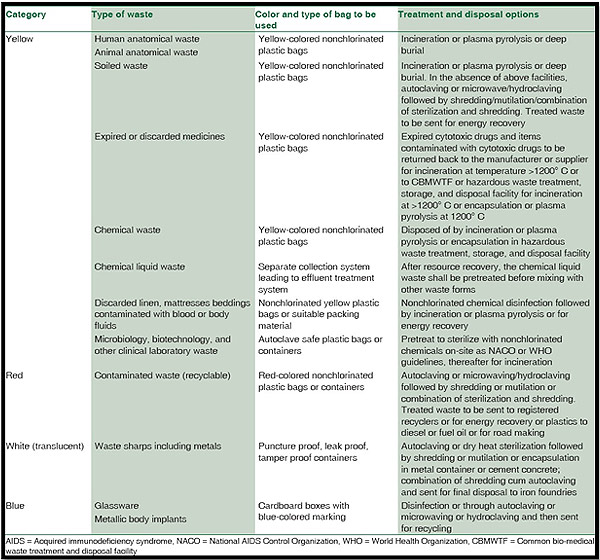9 Simple Techniques For Reclaim Waste
9 Simple Techniques For Reclaim Waste
Blog Article
Our Reclaim Waste Statements
Table of ContentsNot known Facts About Reclaim WasteReclaim Waste - QuestionsThe Of Reclaim WasteSome Known Factual Statements About Reclaim Waste 8 Easy Facts About Reclaim Waste Explained
Check out the kinds, incidents, and types of fluid waste. Residential sewer waste refers to the waste and items from a household septic system. This sort of waste is produced by people in residences, schools, and other buildings. This only consists of septic systems that have a drainpipe field. The proper management and disposal of residential sewer waste call for liquid waste to be moved to a sewage therapy plant where the appropriate techniques and devices are used to detoxify and throw away waste.
Industrial waste commonly consists of prospective dangers, such as combustible materials or a mix of fluid and strong waste items, and needs an extra innovative and comprehensive disposal process. The disposal of industrial waste typically includes the filtration of waste before transportation to make certain risk-free and correct disposal. Hazardous waste is produced from byproducts and drainage of commercial procedures and production.
This kind of waste can not utilize the exact same sewer management transport or procedures as septic or industrial fluids. The hazardous waste management process needs the examination and screening of fluid waste prior to it undergoes the disposal process (liquid waste removal). Overflow waste is the fluid waste that comes from runoff and excess stormwater in extremely booming locations or cities
Overflow waste can cause contamination and flooding if not handled properly. Making certain proper waste monitoring can prevent disasters and minimize ecological damage.
The Only Guide to Reclaim Waste
Call PROS Solutions today to learn more about our waste management and disposal solutions and the proper means to care for the fluid waste you create.
(http://www.askmap.net/location/7161699/australia/reclaim-waste)This supposed 'wastewater' is not only an essential source however, after therapy, will certainly be launched to our land, rivers or the ocean. Made use of water from commodes, showers, bathrooms, kitchen area sinks, laundries and commercial procedures is understood as wastewater.

water made use of to cool machinery or clean plant and equipment). Stormwater, a kind of wastewater, is overflow that flows from agricultural and city areas such as roofs, parks, yards, roads, paths and rain gutters right into stormwater drains pipes, after rainfall. Stormwater streams unattended straight to neighborhood creeks or rivers, at some point getting to the sea.
Everything about Reclaim Waste
In Queensland, many wastewater is treated at sewer therapy plants. Wastewater is delivered from residential or industrial websites via a system of sewage systems and pump terminals, referred to as sewage reticulation, to a sewage treatment plant. Local federal governments develop, keep and run most sewage therapy plants. Operators are certified under the Environmental Security Act 1994 to discharge cured wastewater at an appropriate environmental standard right into rivers.
The Department of Natural Resources encourages city governments about managing, operating and keeping sewerage systems and treatment plants. In unsewered locations, city governments may require householders to install individual or household sewer therapy systems to treat domestic wastewater from bathrooms, kitchen areas, restrooms and laundries. The Division of Natural Resources authorises using household systems when they are shown to be reliable.
In some new subdivisions, treatment of some stormwater to remove trash, sand and crushed rock has actually started making use of gross toxin catches. Wastewater treatment takes place in 4 phases: Removes solid matter.
Makes use of little living microorganisms knows as micro-organisms to break down and get rid of staying dissolved wastes and fine particles. Micro-organisms and wastes are included in the sludge.
The 9-Minute Rule for Reclaim Waste
Nutrient elimination is not readily available in any way sewer treatment plants since it requires costly specialist equipment. It is ending up being a lot more typical in Queensland. Clear fluid effluent created after therapy might still consist of disease-causing micro-organisms. If this effluent is released into rivers such as rivers or the sea, the micro-organisms will at some point pass away out.

This typically implies wastewater has actually to be dealt with or pollutants gotten rid of before it can be discharged to rivers. A lot of wastewater flows into the sewerage system. Under the Act, neighborhood governments carry out approvals and licences for ecologically appropriate tasks (Periods) involving wastewater launches that might have a local effect. The department carries out authorizations and permits to ERAs including wastewater launches that may have a regional or statewide influence.
Not known Facts About Reclaim Waste
Tracking gives factual details regarding water top quality and can validate that permit conditions are being met. The details obtained through surveillance gives the basis for making water quality decisions.
Report this page